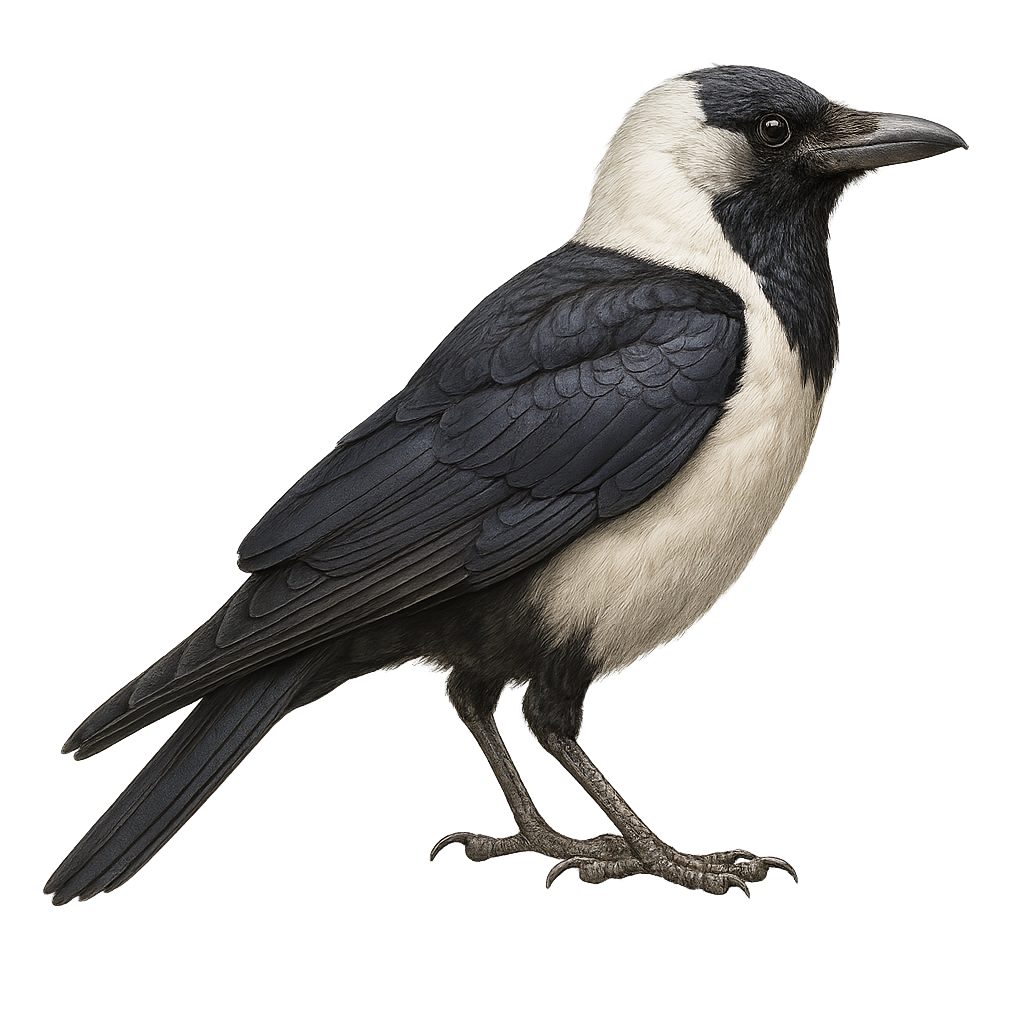Your wildlife photography guide.
Explore the daurian jackdaw in detail, study its behavior, prepare your shots.
Where to observe and photograph the daurian jackdaw in the wild
Learn where and when to spot the daurian jackdaw in the wild, how to identify the species based on distinctive features, and what natural environments it inhabits. The WildlifePhotographer app offers tailored photography tips that reflect the daurian jackdaw’s behavior, helping you capture better wildlife images. Explore the full species profile for key information including description, habitat, active periods, and approach techniques.
Daurian Jackdaw
Scientific name: Coloeus dauuricus

IUCN Status: Least Concern
Family: CORVIDAE
Group: Birds
Sensitivity to human approach: Tolerant
Minimum approach distance: 10 m
Courtship display: April to May
Incubation: 18-20 jours
Hatchings: April to June
Habitat:
Sparse forests, agricultural lands, open areas
Activity period :
Primarily active during the day, with peak activity in the morning and late afternoon.
Identification and description:
The Daurian Jackdaw, Coloeus dauuricus, is a medium-sized bird belonging to the Corvidae family. It is characterized by its black and gray plumage, with a black cap and white cheeks. This bird is mainly found in East Asia, particularly in China, Mongolia, and Russia. It inhabits open areas, sparse forests, and agricultural lands. The Daurian Jackdaw is a sociable bird, often seen in groups. It primarily feeds on insects, seeds, and small fruits. Its behavior is generally tolerant towards humans, making it relatively easy to observe. The breeding season extends from spring to summer, with nests built in tree cavities or buildings.
Recommended lens:
400mm – adjust based on distance, desired framing (portrait or habitat), and approach conditions.
Photography tips:
To photograph the Daurian Jackdaw, choose sunny mornings when the light is soft. Use a telephoto lens of at least 400mm to capture precise details without disturbing the bird. Look for groups in open areas or forest edges. Be patient and discreet to observe their natural behavior. Take advantage of moments when they are feeding or interacting with each other to get dynamic shots.
The WildlifePhotographer App is coming soon!
Be the first to explore the best nature spots, track rutting seasons, log your observations, and observe more wildlife.
Already 1 439 wildlife lovers subscribed worldwide

